What is DevOps defined by AWS
DevOps is the combination of cultural philosophies, practices, and tools that increases an organization’s ability to deliver applications and services at high velocity: evolving and improving products at a faster pace than organizations using traditional software development and infrastructure management processes. This speed enables organizations to better serve their customers and compete more effectively in the market.

What is DevOps by Azure?
A compound of development (Dev) and operations (Ops), DevOps is the union of people, process and technology to continually provide value to customers. What does DevOps mean for teams? DevOps enables formerly siloed roles—development, IT operations, quality engineering and security—to coordinate and collaborate to produce better, more reliable products. By adopting a DevOps culture along with DevOps practices and tools, teams gain the ability to better respond to customer needs, increase confidence in the applications they build and achieve business goals faster.
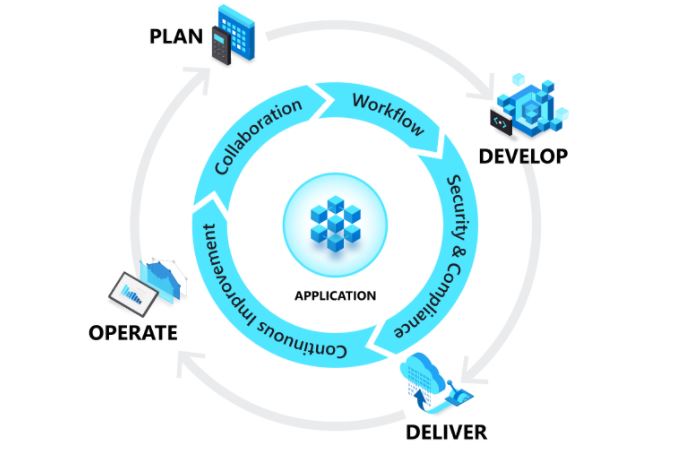
What Is DevOps by Gartner?
“DevOps represents a change in IT culture, focusing on rapid IT service delivery through the adoption of agile, lean practices in the context of a system-oriented approach. DevOps emphasizes people (and culture), and seeks to improve collaboration between operations and development teams. DevOps implementations utilize technology— especially automation tools that can leverage an increasingly programmable and dynamic infrastructure from a life cycle perspective.”
What is DevOps Exmplained by Rajesh Kumar
What is DevOps by Newrelic?
The word “DevOps” was coined in 2009 by Patrick Debois, who became one of its gurus. The term was formed by combining “development” and “operations,” which provides a starting point for understanding exactly what people typically mean when they say “DevOps.” Notably, DevOps isn’t a process or a technology or a standard. Many devotees refer to DevOps as a “culture”—a viewpoint that New Relic favors. We also use the term “DevOps movement” when talking about topics such as adoption rates and trends for the future, and “DevOps environment” to refer to an IT organization that has adopted a DevOps culture.
What is DevOps by Wiki?
DevOps is a set of practices that combines software development (Dev) and IT operations (Ops). It aims to shorten the systems development life cycle and provide continuous delivery with high software quality.[1][2] DevOps is complementary with Agile software development; several DevOps aspects came from the Agile methodology.
What is DevOps by Atlassian?
DevOps is a set of practices that works to automate and integrate the processes between software development and IT teams, so they can build, test, and release software faster and more reliably.
What is DevOps by me
DevOps is a collection of best practices, best tools, best process with adopting new culture as one integrated engineering team with an objective of Immediate release, Improving a Software Quality and Reducing of Development and running cost in the changing software environment.
When implementing DevOps tools and processes, you must define what practices and policies to employ to avoid common Software developement problems and maximize team productivity.
Continuous Integration and Delivery is one of the recommended practices which help to apply DevOps for any Software Projects.
Continuous Integration has 9 C’s
- Continuous Learning
- Continuous build
- Continuous unit testing
- Continuous inspection
- Continuous packaging
- Continuous pre-prod deployment
- Continuous testing
- Continuous coverage
- Continuous Approval
The purpose of Continuous Integration and Delivery practice is to setup a process in which each commit should be possible candidate for release into production environment.
Apart from the 9 C’s as mentioned above, Following are the essential to successful software development and smooth Continuous Integration and Delivery.
- Identify and store artifacts in a secure repository.
- Control and audit changes to artifacts.
- Organize versioned artifacts into versioned components.
- Organize versioned components and subsystems into versioned subsystems.
- Create baselines at project milestones.
- Record and track requests for change.
- Organize and integrate consistent sets of versions using activities.
- Maintain stable and consistent workspaces.
- Support concurrent changes to artifacts and components.
- Integrate early and often.
- Ensure reproducibility of software builds
Note: Here is one more extension of Continuous delivery is Continuous deployment, which is becoming very popular in Cloud environment where we need application to be deployed to product directly. We are not covering Continuous deployment in this book.
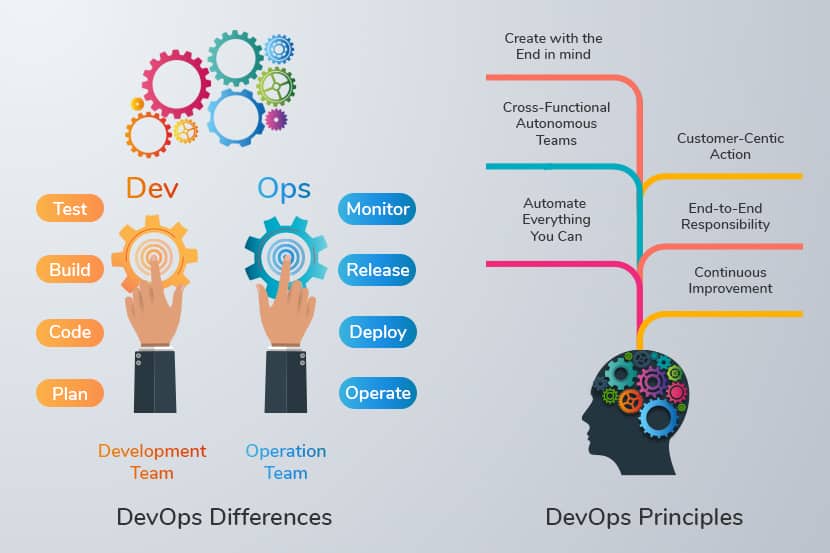
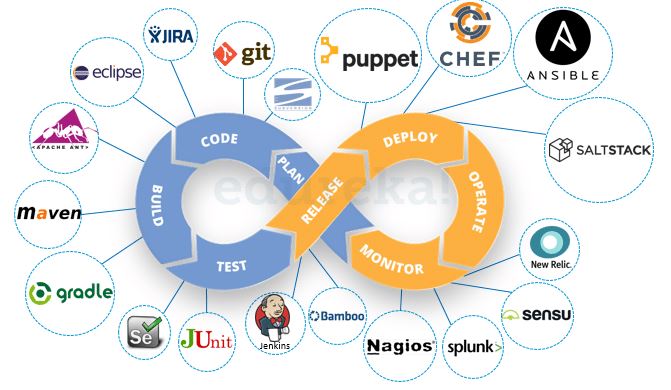
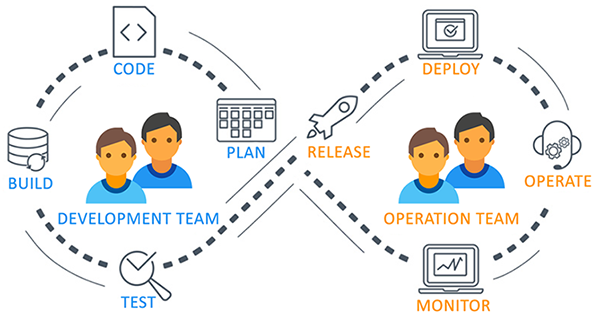
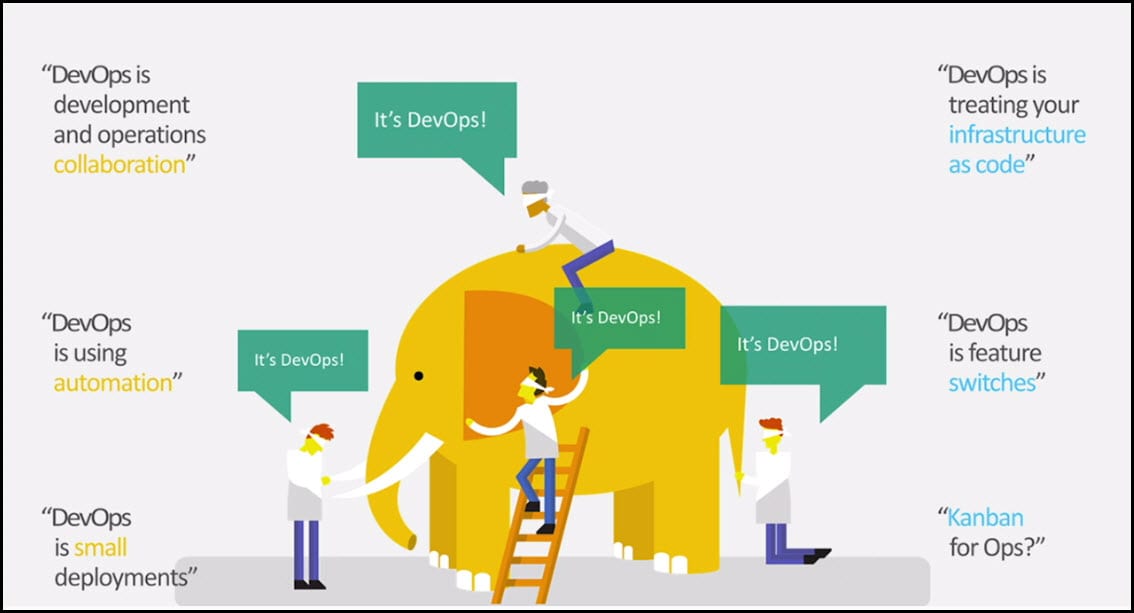
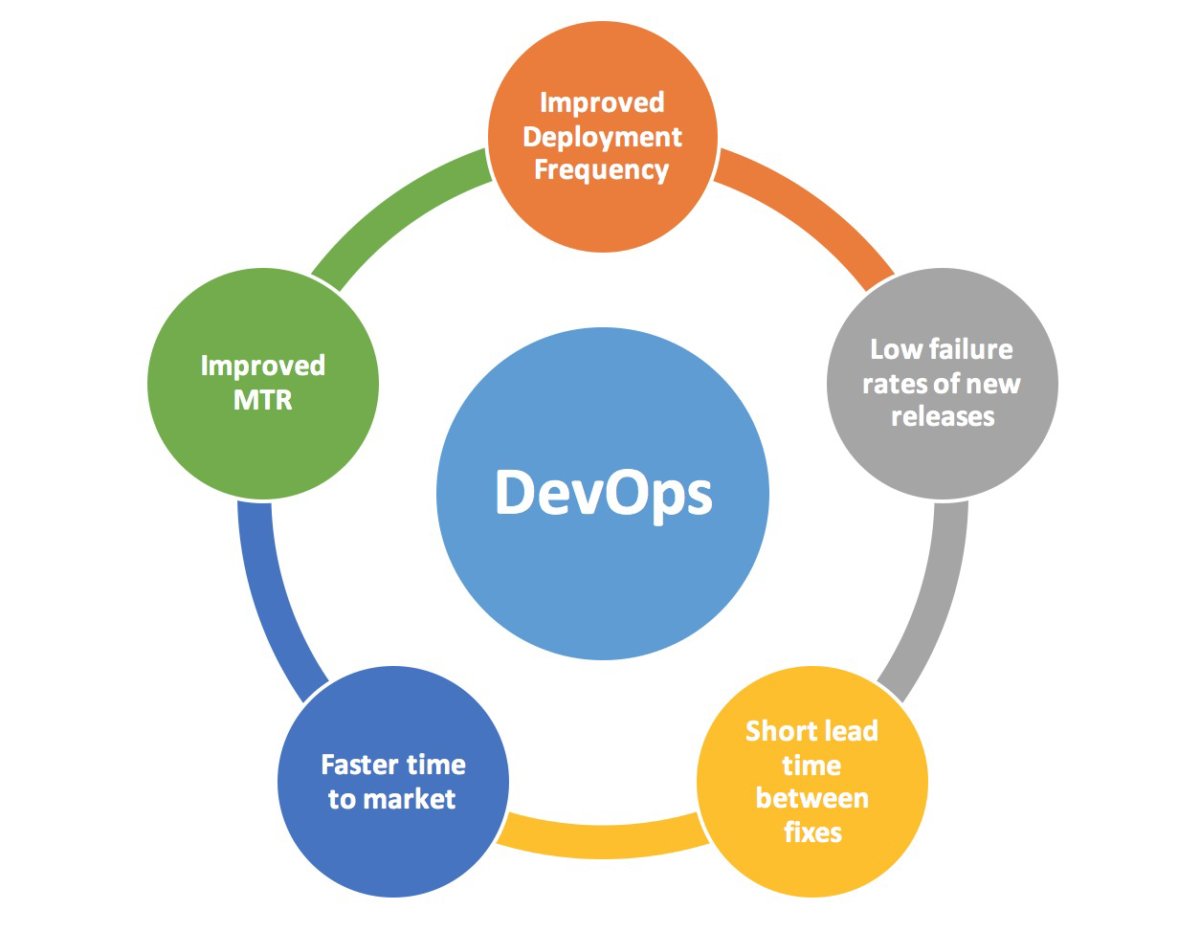
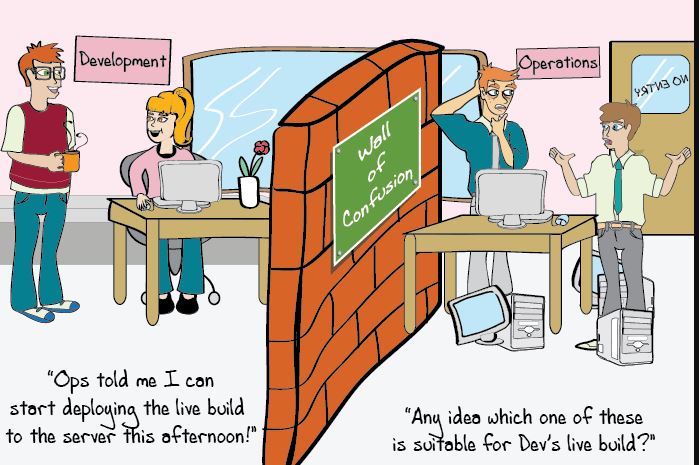
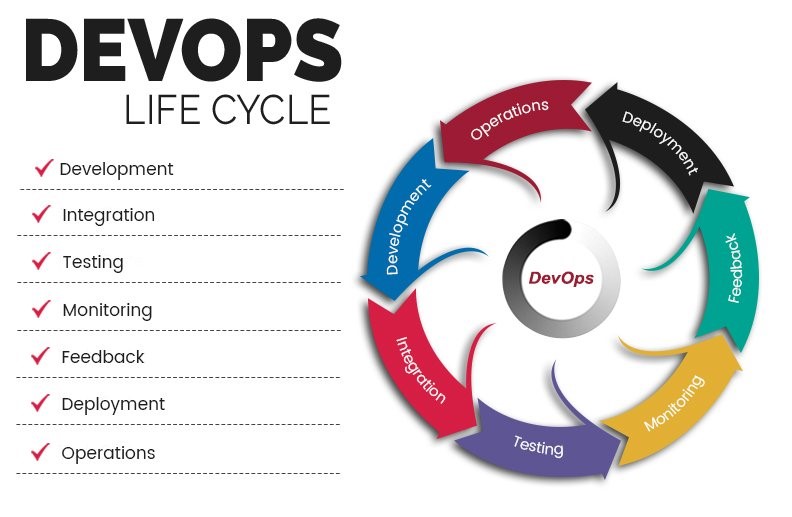
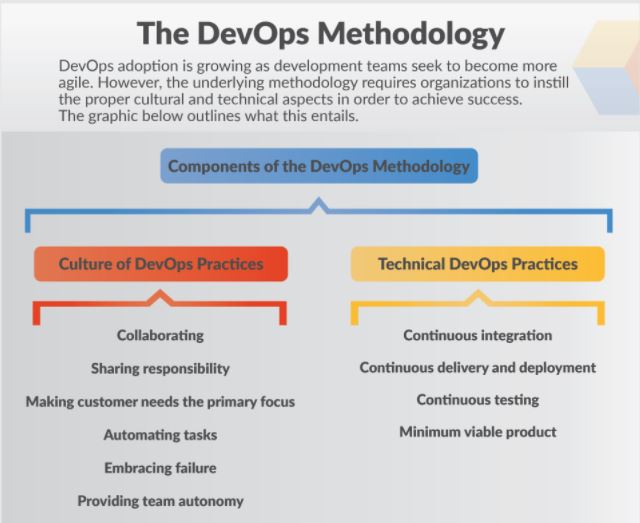
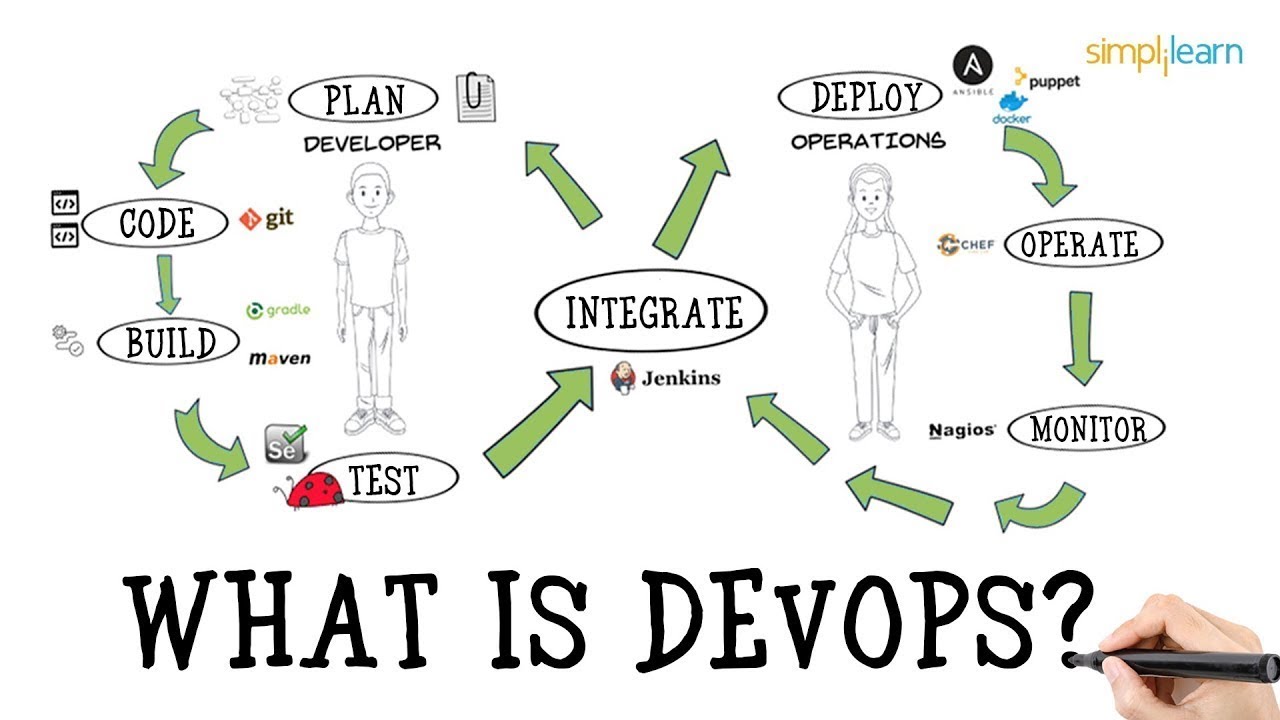
What DevOps? Videos on Youtube
- How to remove sensitive warning from ms office powerpoint - July 14, 2024
- AIOps and DevOps: A Powerful Duo for Modern IT Operations - July 14, 2024
- Leveraging DevOps and AI Together: Benefits and Synergies - July 14, 2024

